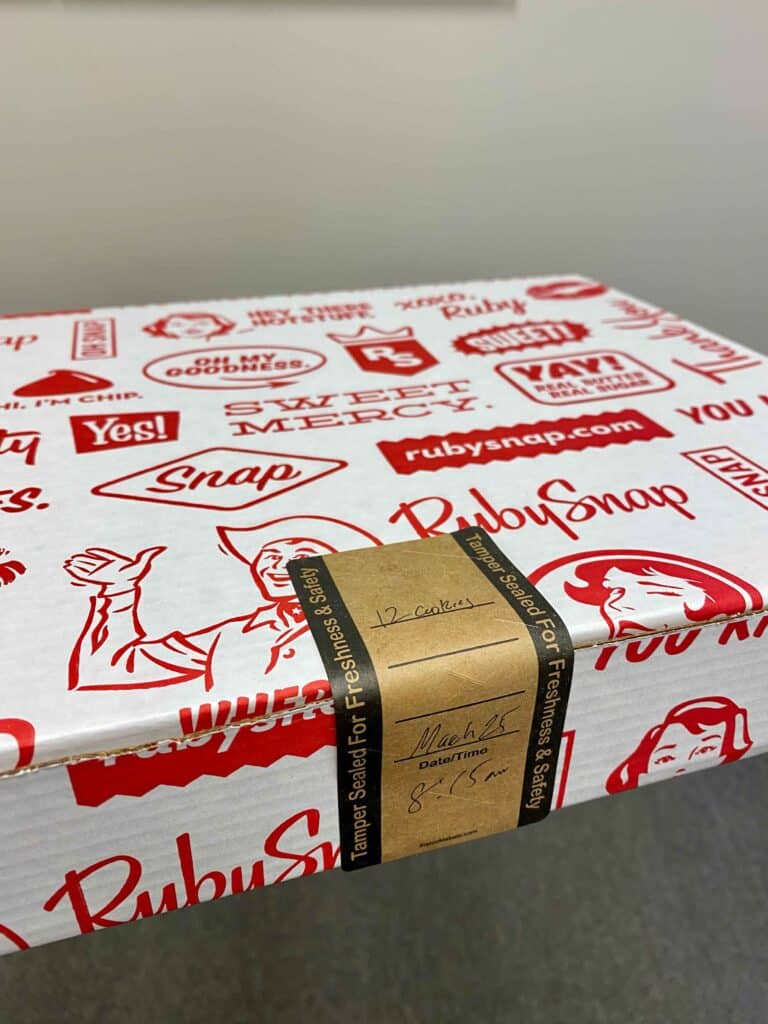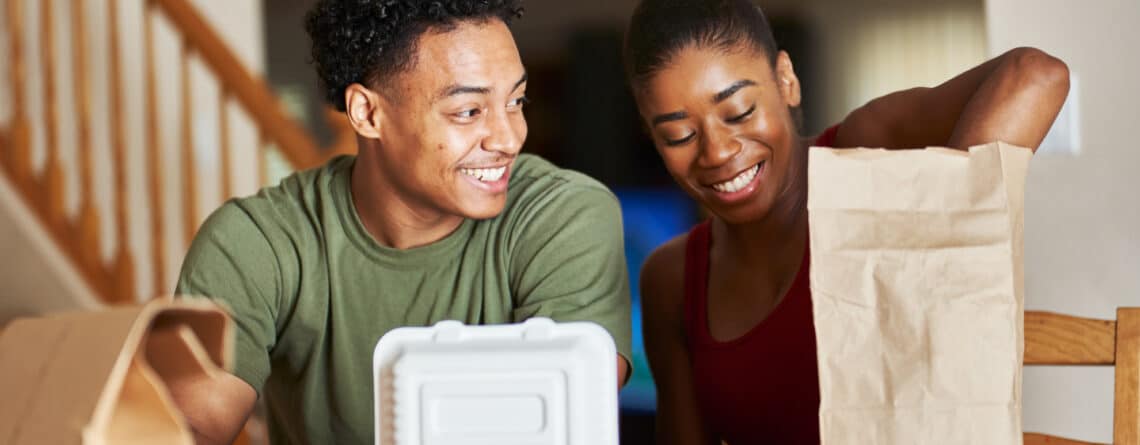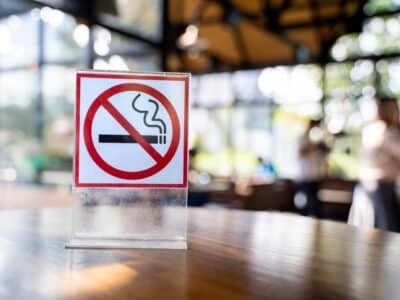Why Tamper-Evident Labels Matter for Takeout Orders
Tamper-evident labels for takeout orders show customers their food hasn’t been opened, handled, or altered after leaving the restaurant—helping protect safety, trust, and your brand’s reputation with every delivery.
When takeout meals leave your kitchen, they’re out of your control—and into the hands of couriers, drivers, or front desk staff. A simple label can become the line between a loyal customer and a refund request. It tells people you care about what happens after the order leaves, not just before it’s boxed.
Why Customers Notice (and Care) About Sealed Packaging
Customers are watching. According to a 2022 study from US Foods, 85% of delivery customers feel more confident when food is sealed shut—and over half say they’d hesitate to reorder from a place that didn’t use some kind of tamper-proof packaging.
Takeout is built on convenience, but also trust. When someone opens a bag that’s clearly sealed, they don’t have to wonder:
- “Did someone take a fry?”
- “Was this touched in transit?”
- “Is this even my full order?
Reducing Risk and Food Safety Incidents with Proper Seals
Tamper-evident labels help reduce the chance of cross-contact, exposure, or packaging mishandling. They also protect delivery staff, making it clear whether a complaint is justified or something went wrong after pickup.
In some cities, health departments are beginning to recommend or even require tamper-evident solutions for delivery-focused restaurants—especially those handling allergens or high-risk food types.
Common Types of Tamper-Evident Labels for Restaurants
- Destructible Labels: Tear or shred when removed, can’t be reapplied. Ideal for plastic clamshells or soup lids.
- VOID Labels: Leave behind the word “VOID” if pulled off. Used for high-value or premium packaging.
- Perforated Strip Labels: Rip cleanly if tampered with. Great for brown paper takeout bags, clamshells, or boxes.
- Custom Branded Security Seals: Combine tamper-proofing with marketing. Reinforce both safety and brand recognition.
Tip: Choose a material that fits your container type—paper bags, plastic lids, foil wraps, etc.—and always test before ordering in bulk.
What Happens When Takeout Orders Aren’t Properly Sealed
A popular cafe in Portland had a recurring issue: missing cookies from sealed-to-go boxes. Reviews started to reflect customer suspicion. Once they started using bright red “Sealed for Safety” labels across every container flap, complaints dropped by 80% in three weeks—and customer tips on delivery orders even went up.
A small sushi spot in Tampa noticed that when they skipped labels during lunch rushes, refund requests and “incomplete order” notes spiked on delivery apps. Since adding large, branded seal strips across all to-go lids, their error rates have stabilized—and third-party review scores have improved.
How Proper Labeling Helps Small Businesses Compete
You don’t need a big brand name to win repeat customers. You need reliability. A $0.04 label can feel like a $10 upgrade in peace of mind for people ordering lunch from their desk or dinner for their family. That’s the value exchange.

Where and How to Apply Labels for Maximum Protection
- Apply across the main opening or seal point—where someone would access the food.
- Make sure surfaces are dry and free of condensation or grease.
- Press labels firmly to make sure they don’t peel during transport.
- For multiple containers in one bag, label each and seal the bag.
Staff Training Tips for Labeling Consistency
- Use a prep checklist for staff to confirm labels are applied before bags hit the pickup shelf.
- Rotate through label styles weekly to keep staff alert and reduce label fatigue.
- Educate drivers and front-of-house staff so they know not to touch or adjust labels once sealed.
A Quick Tip That Can Help You Avoid Takeout Order Complaints
Label placement matters. Use bright-colored or branded labels in a spot customers can’t miss—like across the top of a takeout bag. The visual cue is often enough to stop a complaint before it starts. Many restaurants report that refunds drop simply by sealing food more clearly.
A Helpful Next Step
If your team is handling a high volume of takeout or delivery, now’s the time to upgrade how you seal your packaging. You can browse our tamper-evident food labels to find options designed for paper bags, plastic clamshells, and more—whether you’re looking for destructible, void, or custom-printed styles.
Frequently Asked Questions
Are tamper-evident labels required for food delivery?
Not federally, but many local health departments recommend them. Some delivery apps and restaurant associations are starting to include them in food safety guidelines, especially for allergen-sensitive orders or high-risk items.
What’s the best label for takeout bags?
For brown paper bags or folded top bags, use a wide, adhesive label strip or perforated security seal that tears if someone opens the flap. Bright colors help customers spot them instantly.
How can I make sure my labels don’t peel off during delivery?
Apply labels only to dry, clean surfaces. Grease, steam, or cold condensation can cause labels to lift during transport. Store rolls in a temperature-controlled area to preserve stickiness.
Can I customize tamper-evident labels with my restaurant’s logo?
Yes. Many suppliers offer branded seal labels that combine your logo, safety language, and QR codes for marketing. It’s a smart way to reinforce both trust and branding.
Do tamper-evident labels increase customer loyalty?
Yes. Restaurants that use these labels consistently report fewer complaints, higher delivery app ratings, and better customer retention—especially among first-time delivery customers.




